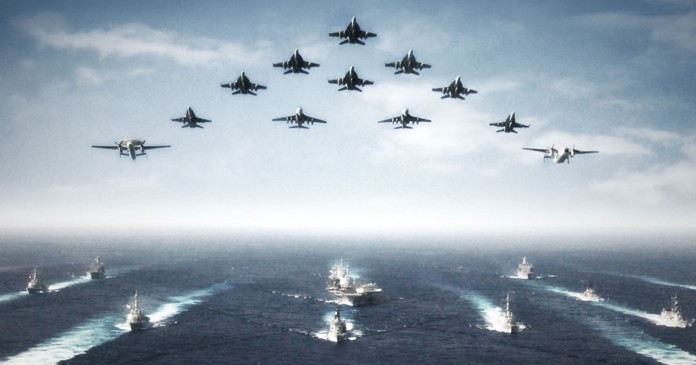
The Department of National Defense (DND) welcomed the ruling of the Supreme Court, Tuesday, declaring the Enhanced Defense Cooperation Agreement (EDCA) as constitutional.
“With this development that builds upon our mutual defense treaty, we look forward to advancing our defense modernization and strengthening Maritime Security and Humanitarian Assistance and Disaster Relief capabilities,” Defense spokesperson Dr. Peter Paul Galvez said in a statement on Tuesday.
According to the Enhanced Defense Coordination Agreement (EDCA), the Philippine locations which will be provided to the US military without rent, may be accessed by American forces, contractors, vehicles, vessels and aircraft.
Since the deal’s purpose is to boost the Philippines’ deterrent against China, locations that has an easy access to the strategically sensitive South China Sea are obvious candidates. Here are Six places the U.S. military is likely to aim for.
Subic Bay and Cubi Point, Western Luzon
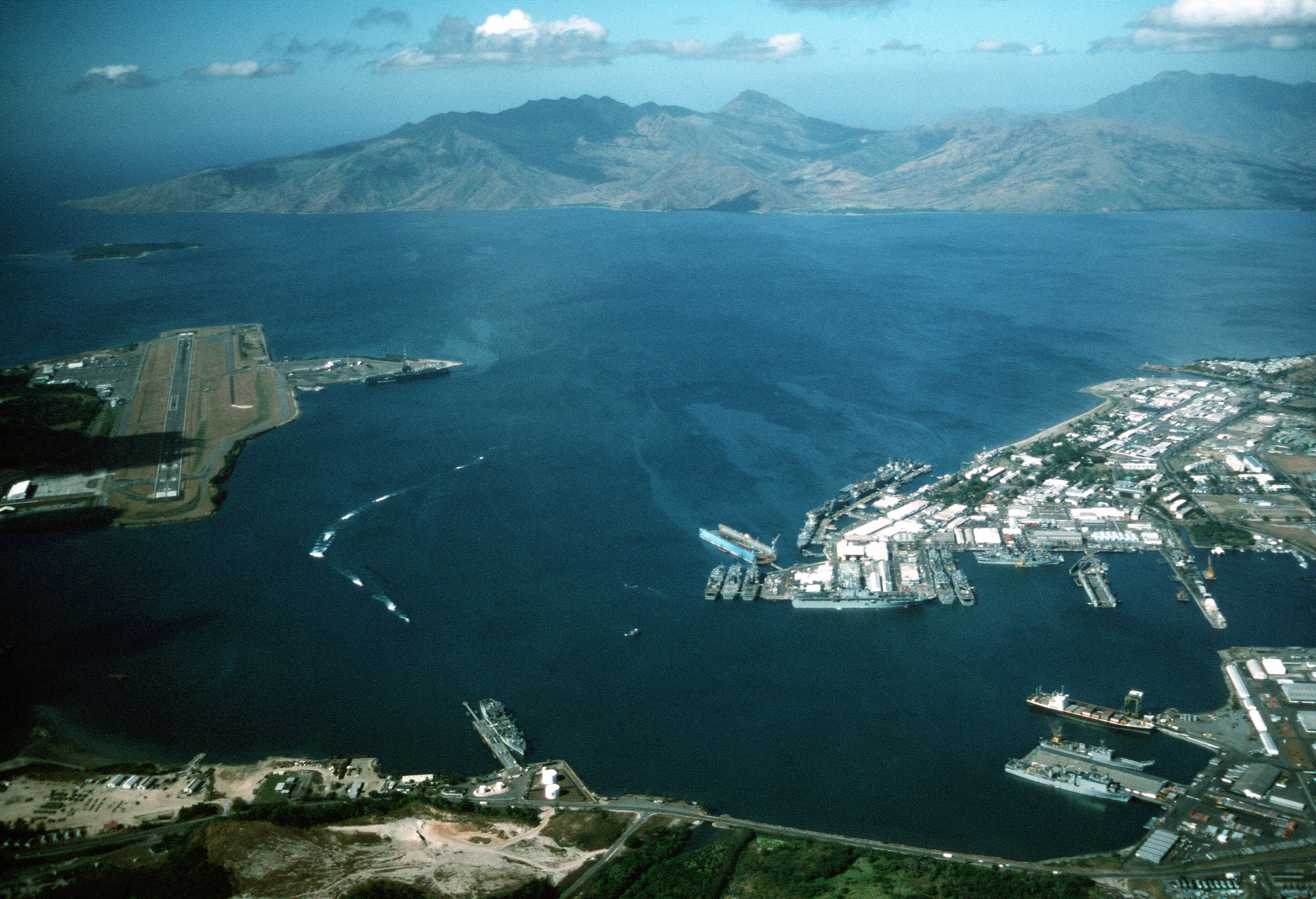
Subic Bay is a bay on the west coast of the island of Luzon in Zambales, about 100 km (62 mi) northwest of Manila Bay. It is an extension of the South China Sea, and its shores were formerly the site of a major United States Navy facility named U.S. Naval Base Subic Bay. The bay was long recognized for its deep and protected waters.
Clark, Central Luzon
The version of the United States Air Force of Subic Bay was Clark Air Base, it is once the epicenter of American air operations in the Western Pacific.
The massive presence of US military there ends with the eruption of Mount Pinatubo in 1991, a time when the Philippine government had already signaled that U.S. forces would probably have to leave. The base eventually became the site of Clark International Airport, the Clark Freeport Zone and the Air Force City of the Philippine Air Force.
San Antonio, Zambales
Naval Education & Training Command (NETC) in San Antonio, Zambales. It also faces the West Philippine Sea and is near the disputed Panatag (Scarborough) Shoal.
Oyster Bay, Palawan
Naval detachment in Palawan’s Oyster Bay. It faces the West Philippine Sea and it’s near the disputed Kalayaan Group of Islands (Spratlys). The government has allocated P313.6 million to improve the pier, harbor, and to construct support facilities there. The Philippine navy previously said it planned to base two former U.S. Coast Guard cutters at Oyster Bay, a sheltered cove within the much larger Ulugan Bay
Fort Magsaysay, Nueva Ecija
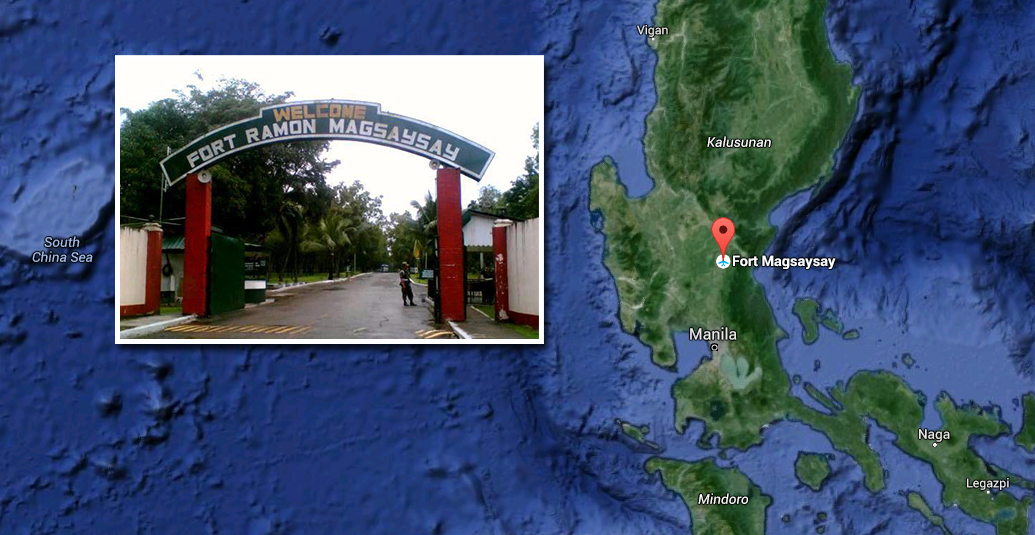
Fort Magsaysay in Nueva Ecija. It is one of the biggest military bases in Asia and where Balikatan war games are usually conducted.
Batanes
The Batanes Islands is an excellent vantage point from which to monitor a key maritime chokepoint for any vessels departing from China for the Pacific Ocean. The U.S. Navy used to have a station here. Though long since abandoned, the remote Batanes outpost would have obvious advantages if Manila and Washington are keen to improve their monitoring of Chinese activities – and in particular to listen for any submarines passing through the Strait.
The 10-year agreement that was signed in 2014 but not implemented due to legal challenges, will see more US troops rotate through the Philippines for war games and help their hosts build military facilities.
Signing of the agreement comes amid increasing maritime tensions between China and the Philippines over the West Philippine Sea.
China, which claims almost the entire South China Sea, started its reclamation activities in May 2014 or a month after EDCA was signed. Since starting its massive land reclamation, it is believed to be currently building runways in at least 3 reefs – Mischief Reef, Subi Reef, and Fiery Cross Reef.
The Philippines has since become the most vocal critic of China’s efforts to claim South China Sea territory. -John Esconde

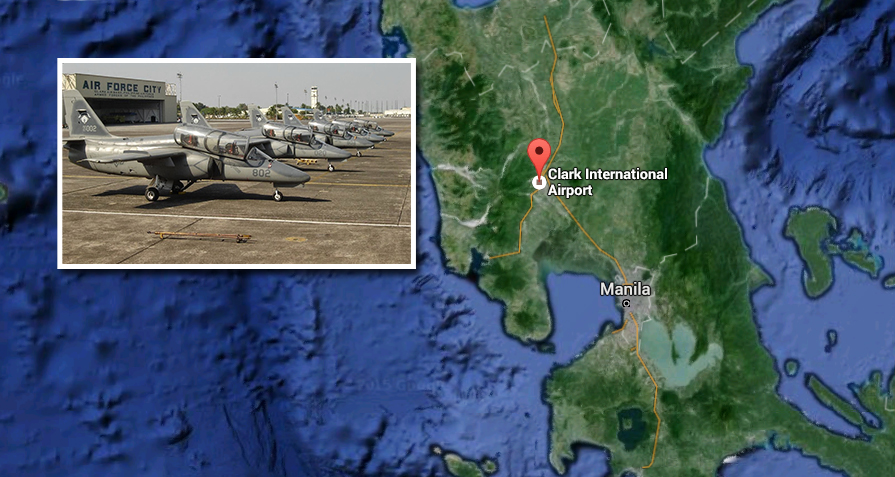
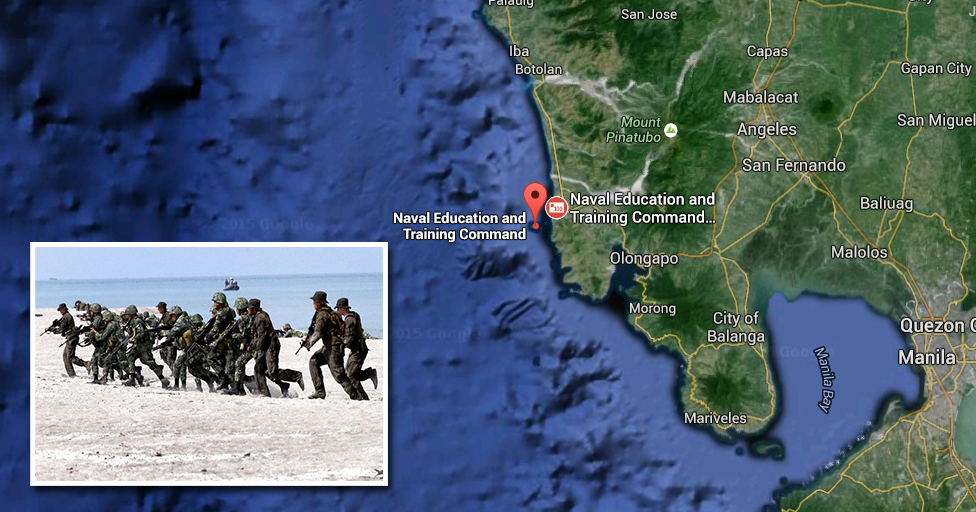
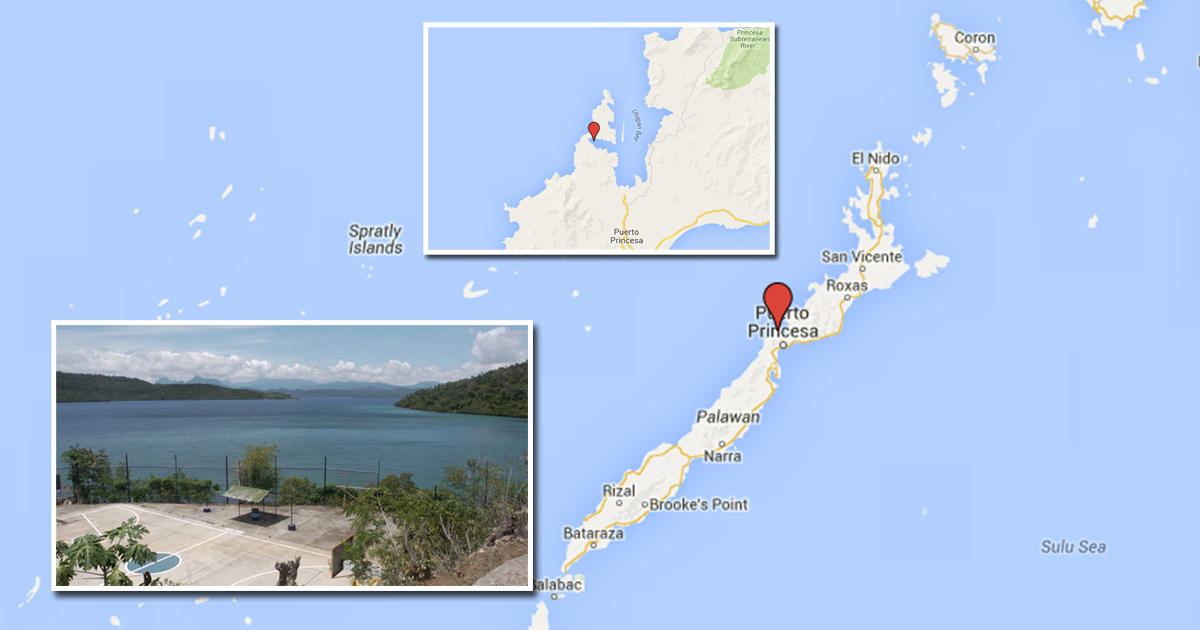
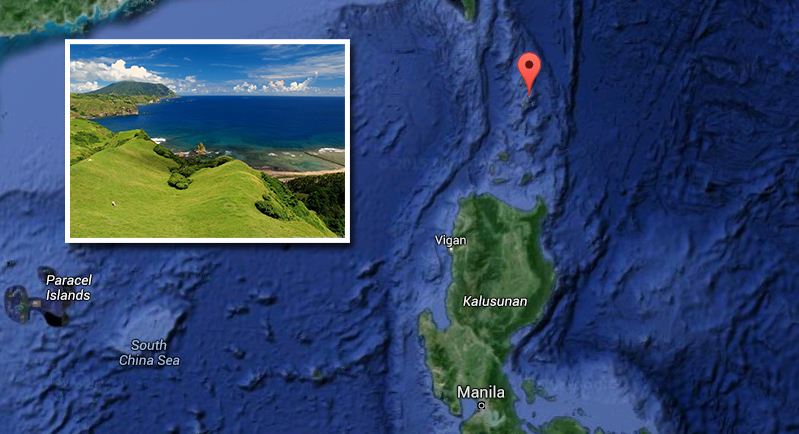
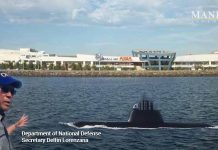

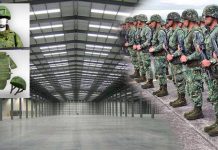




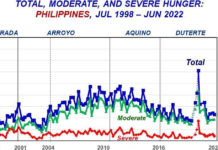


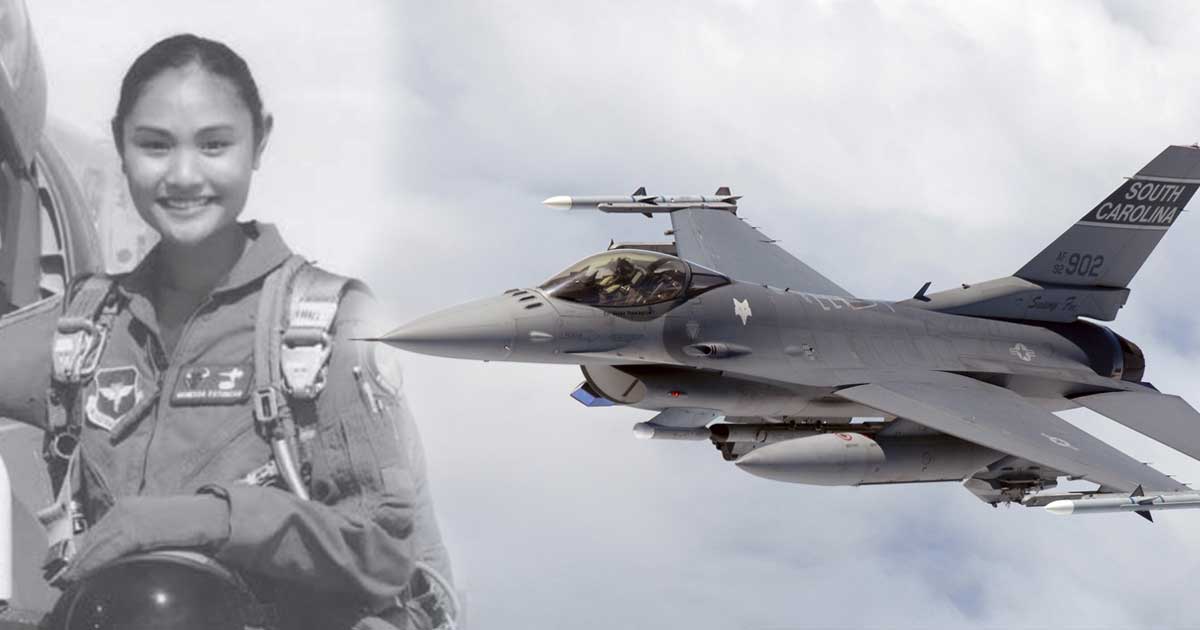
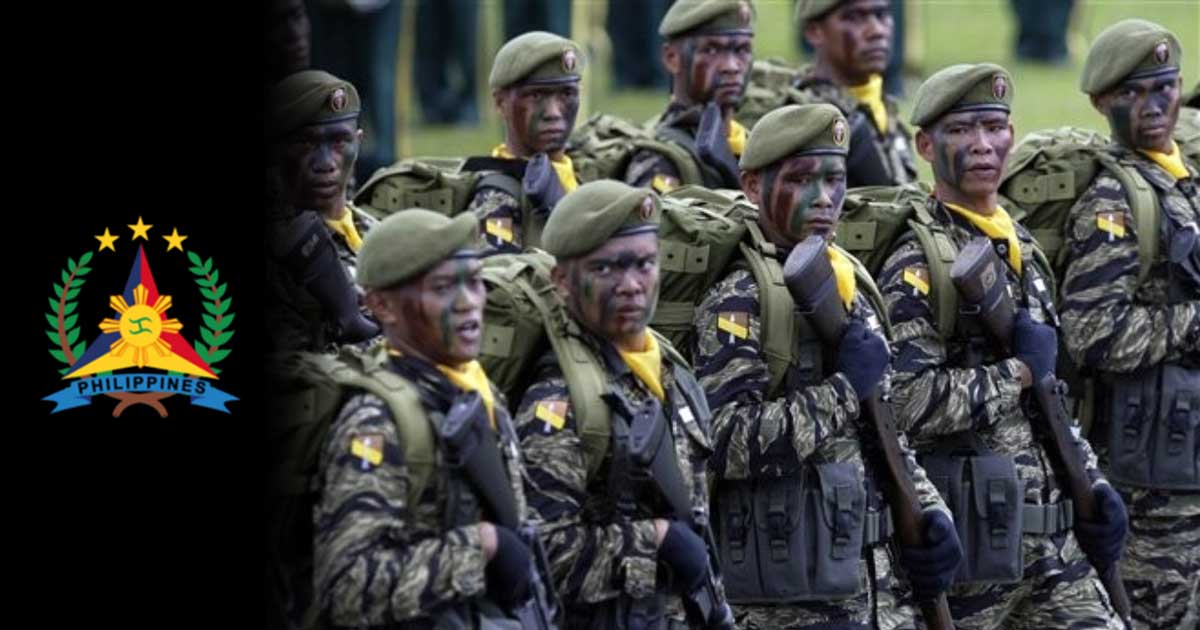
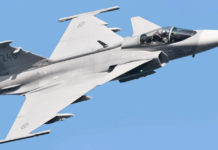


prepare for war…
not for war for defending ours…..
It’s time to stop the talk and DO THE WALK Philippines… To many years you have depended on US MILITARY POWER , and MONEY …It is now once again time to REOPEN USA MILITARY BASES !